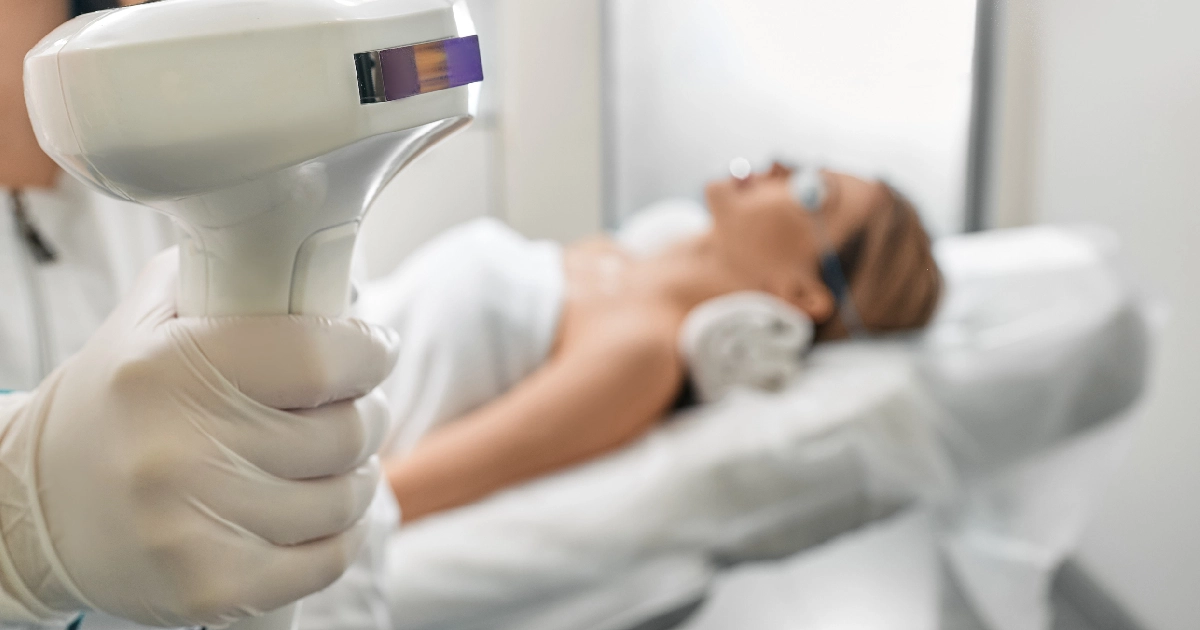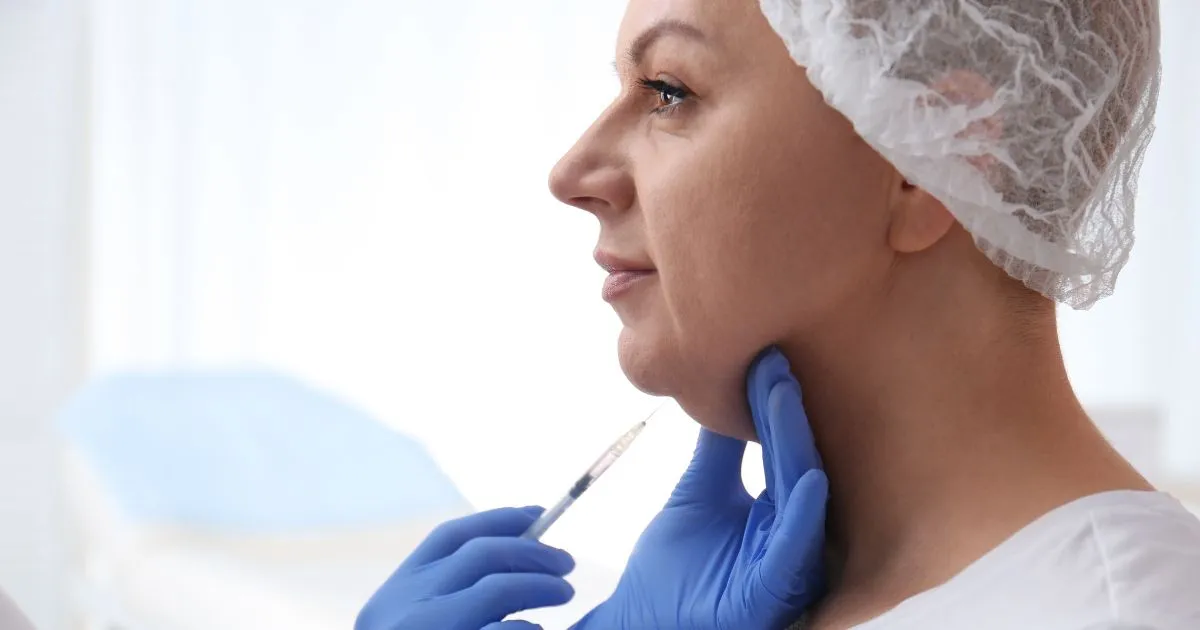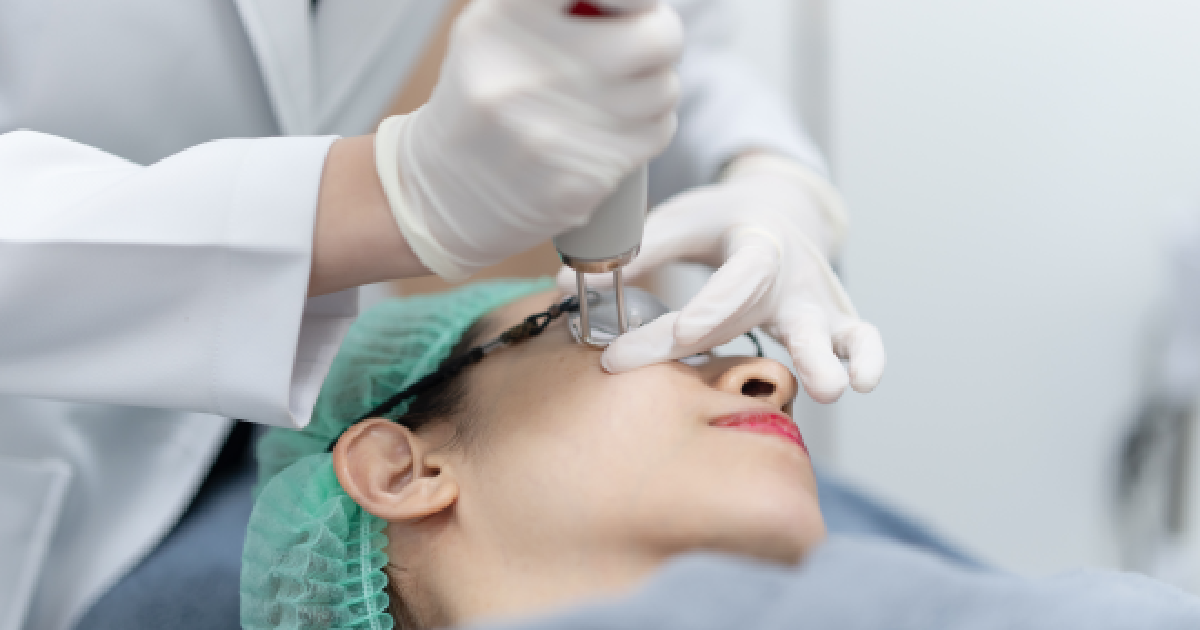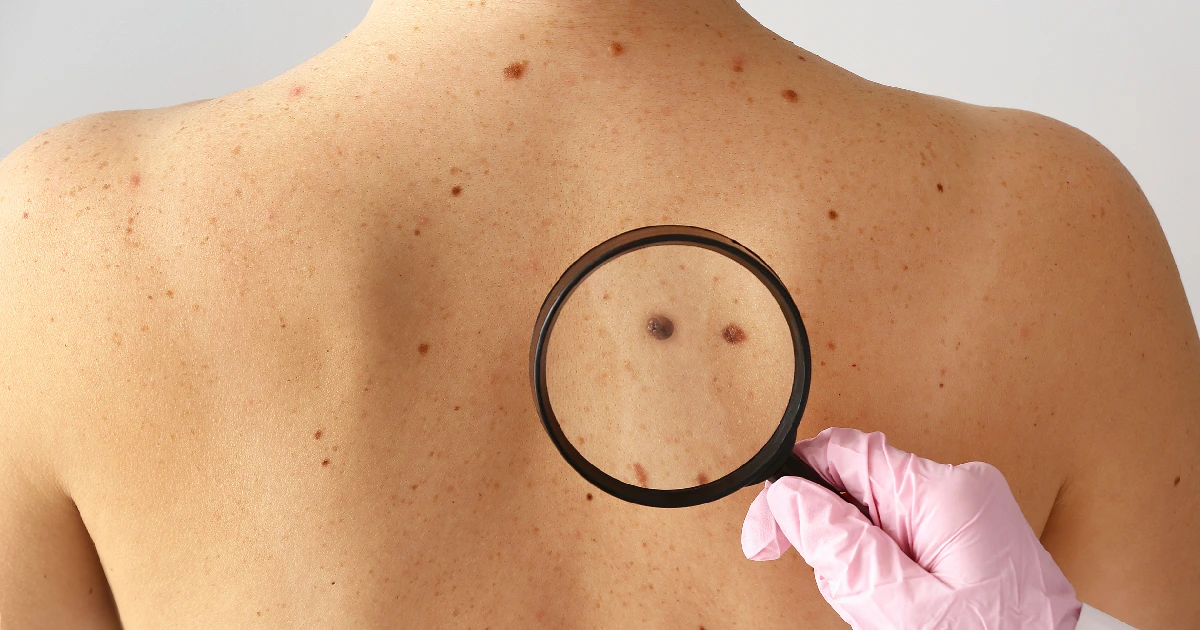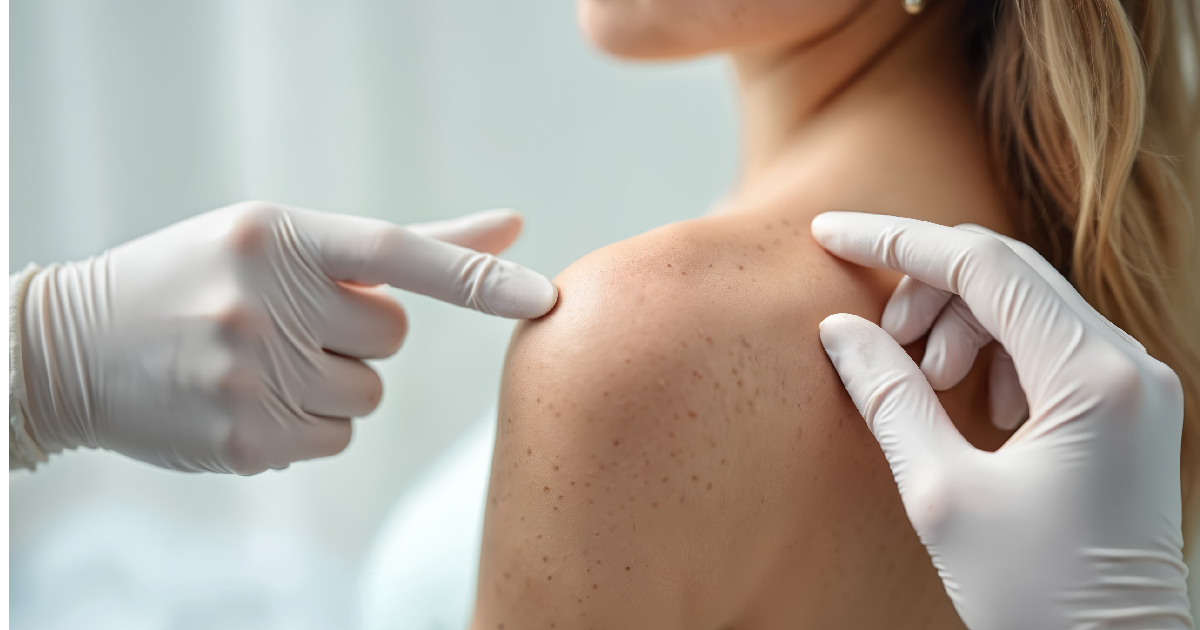Preparing for Mohs surgery surgical dermatology involves understanding the procedure, knowing how to get ready for it, and what to expect during recovery. Mohs surgery is a distinct and highly practical technique for removing skin cancer, particularly in sensitive or visible areas. This method ensures minimal damage to surrounding healthy tissue while completely excising the cancerous cells. Knowing the steps to prepare and what happens on the day of the surgery can help alleviate anxiety and improve outcomes. From pre-surgery guidelines to post-surgery care, being well-informed helps smoothen experience and successful recovery.
What is Mohs Surgery?
Mohs surgery is a specialized approach employed to treat skin cancer, specifically basal cell carcinoma, and squamous cell carcinoma. Developed by Dr. Frederic Mohs in the 1930s, this procedure focuses on precisely removing cancerous tissue while conserving as much healthy skin as possible. This is achieved through a meticulous process of excising thin layers of skin and examining them under a microscope in real-time.
The essence of Mohs surgery lies in its ability to map and track cancer cells during the operation. As each layer of tissue is removed, it is immediately frozen and sliced into sections. These sections are then stained and analyzed microscopically. The surgeon uses this detailed examination to determine if any cancer cells remain. If cancer cells are noticed, another layer is cleared, and the process is repeated until no more cancer cells are found. This method ensures complete cancer removal with minimal damage to surrounding tissues.
This technique is particularly valuable for cancers located in areas where preserving healthy tissue is crucial, such as the face, ears, and hands. The high precision of Mohs surgery not only leads to higher cure rates and better cosmetic outcomes, but it is also a preferred treatment option for skin cancers in sensitive areas.
Preparing for Mohs Surgery
These preparation steps will help secure that your Mohs surgery goes smoothly and that you are in the best possible condition for a successful outcome.
1.) Two Weeks Before Surgery:
- Avoid Certain Medications: Stop taking aspirin, ibuprofen (Advil, Motrin), naproxen (Aleve), and any other medications or supplements that can increase bleeding, such as vitamin E, ginkgo biloba, ginseng, and fish oil.
- Quit Smoking: Smoking can interfere with wound healing, so it’s crucial to refrain from smoking at least two weeks before and after the surgery.
2.) One Week Before Surgery:
- Continue Medication Avoidance: Avoid blood-thinning medications and supplements to minimize bleeding risks.
3.) 24 Hours Before Surgery:
- No Alcohol: Do not consume alcohol as it can also increase bleeding and complicate anesthesia.
4.) Day of Surgery:
- Hygiene: Take a bath or shower and thoroughly clean the area around the surgery site to reduce the risk of infection.
- Medication: Take all prescribed medications unless instructed otherwise by your doctor. Bring a day’s supply of medications to the surgical facility.
- Diet: Eat a normal breakfast to ensure you have enough energy for the day.
- Comfort: Wear comfortable, loose-fitting clothing and bring something to pass the time, such as a book or a tablet. Expect to spend several hours at the facility.
- Support: Bring a friend or family member for support and assistance post-surgery.
What to Expect During Mohs Surgery
On the day of your Mohs surgery, you can expect a detailed, step-by-step process to ensure the complete disposal of cancerous cells while conserving as much healthy tissue as possible. Here’s a breakdown of what typically happens:
- Arrival and Check-In:
- After checking in at the surgical facility, you will be escorted to the surgical suite. If you haven’t had a prior consultation, a nurse will review your medical history and check your vital signs.
- Anesthesia:
- The surgical area will be numbed using a local anesthetic. This process involves injecting an anesthetic solution around the skin cancer site, which may cause slight discomfort but typically ensures that you won’t feel pain during the procedure.
- First Tissue Layer Removal:
- The surgeon will clear a thin layer of tissue from the area where the skin cancer is located. This layer is then carefully mapped and labeled to maintain orientation.
- Microscopic Examination:
- The excised tissue is immediately processed and examined under a microscope. This involves freezing the tissue, slicing it into thin sections, staining it, and checking for cancer cells. This step usually takes about an hour.
- Additional Layers if Needed:
- If cancer cells are noticed at the margins (edges) of the removed tissue, additional layers will be taken. This process is repeated until no more cancer cells are found. The goal is to vacate all cancerous tissue while sparing as much healthy tissue as possible.
- Wound Care and Closure:
- Once all cancerous tissue has been removed, the surgeon will discuss options for closing the wound. This could include stitching the wound closed, using a skin graft, or allowing the wound to heal naturally, depending on its size and location.
Recovery After Mohs Surgery
Recovering from Mohs surgery involves several stages, each requiring specific care to ensure proper healing and minimize complications.
Immediate Post-Surgery Care:
- Wound Management: The surgical wound will be closed with stitches, staples, or adhesive strips. Keep the bandage clean and dry for at least 48 hours before changing it. Clean the wound with mild soap and water, apply an antibiotic ointment, and cover it with a fresh bandage daily until stitches are removed .
- Pain and Swelling: Mild pain and swelling are normal. Over-the-counter pain relievers like acetaminophen or ibuprofen can help manage discomfort. Applying a cold compress to the surgical site for short intervals can also reduce swelling.
First Few Days:
- Activity Restrictions: Avoid strenuous activities, heavy lifting, and bending to minimize the risk of bleeding or reopening the wound. Keeping your head elevated while resting can further reduce swelling.
- Watch for Complications: Monitor the wound for signs of infection, such as increased redness, swelling, pain, or discharge. Contact your healthcare provider immediately if these symptoms occur.
Long-Term Healing:
- Suture Removal: Stitches are usually removed 5-10 days post-surgery, depending on the wound’s location and size. Follow your surgeon’s advice for follow-up appointments and wound care instructions.
- Scar Management: Some numbness around the incision site is normal and typically resolves over weeks to months. Avoid sun exposure and use broad-spectrum sunscreen with SPF 30 or higherto prevent noticeable scarring.
Takeaway
If you’re preparing for Mohs surgery, trust the expert team at Owensboro Dermatology Associates to provide you with the highest standard of care. Our team ensures a smooth and successful experience from preparation to recovery. Schedule your consultation today to discuss your personalized treatment plan and take the first step towards healthier skin. Contact Owensboro Dermatology Associates for an appointment. Don’t wait—your path to clear, cancer-free skin starts here.





